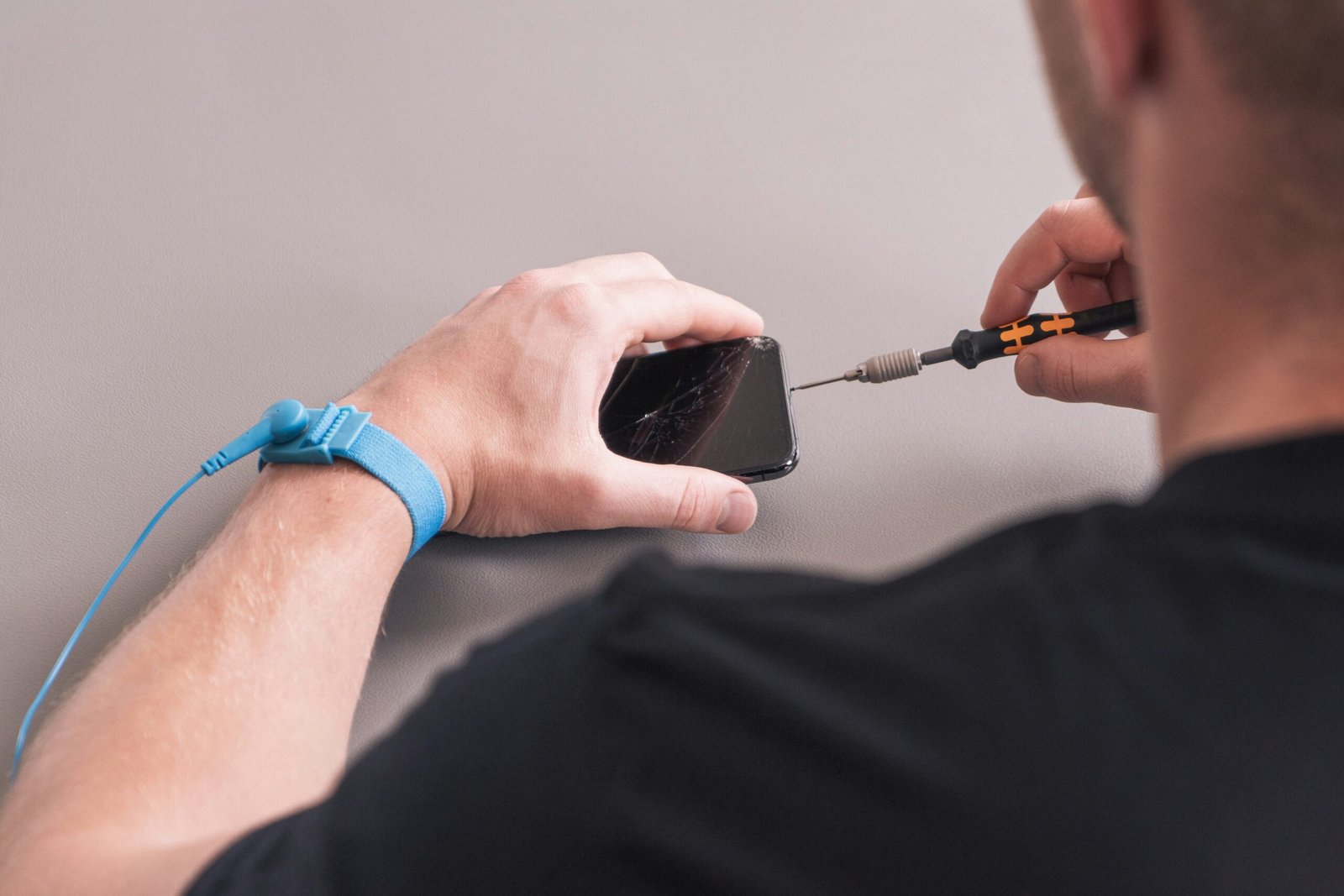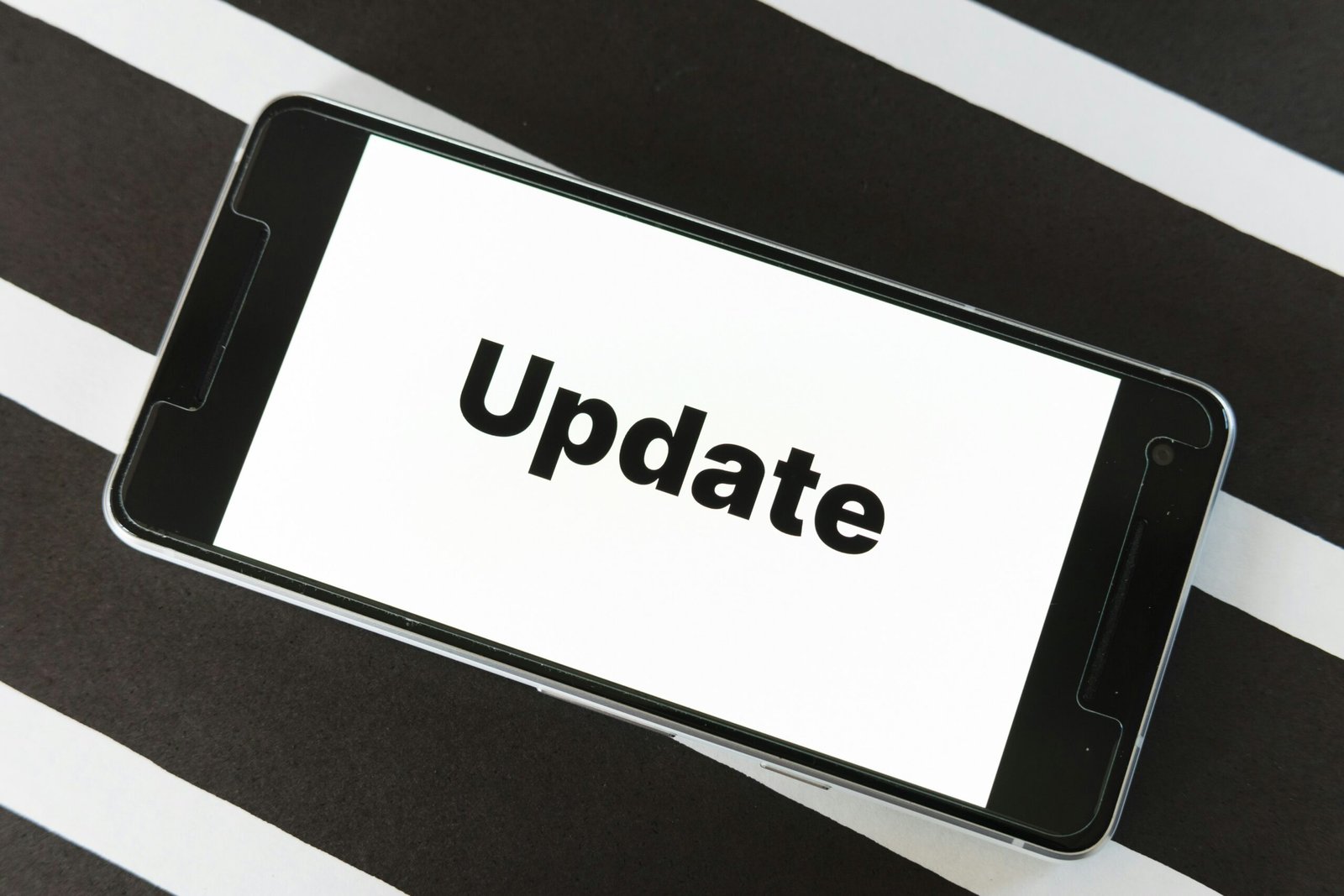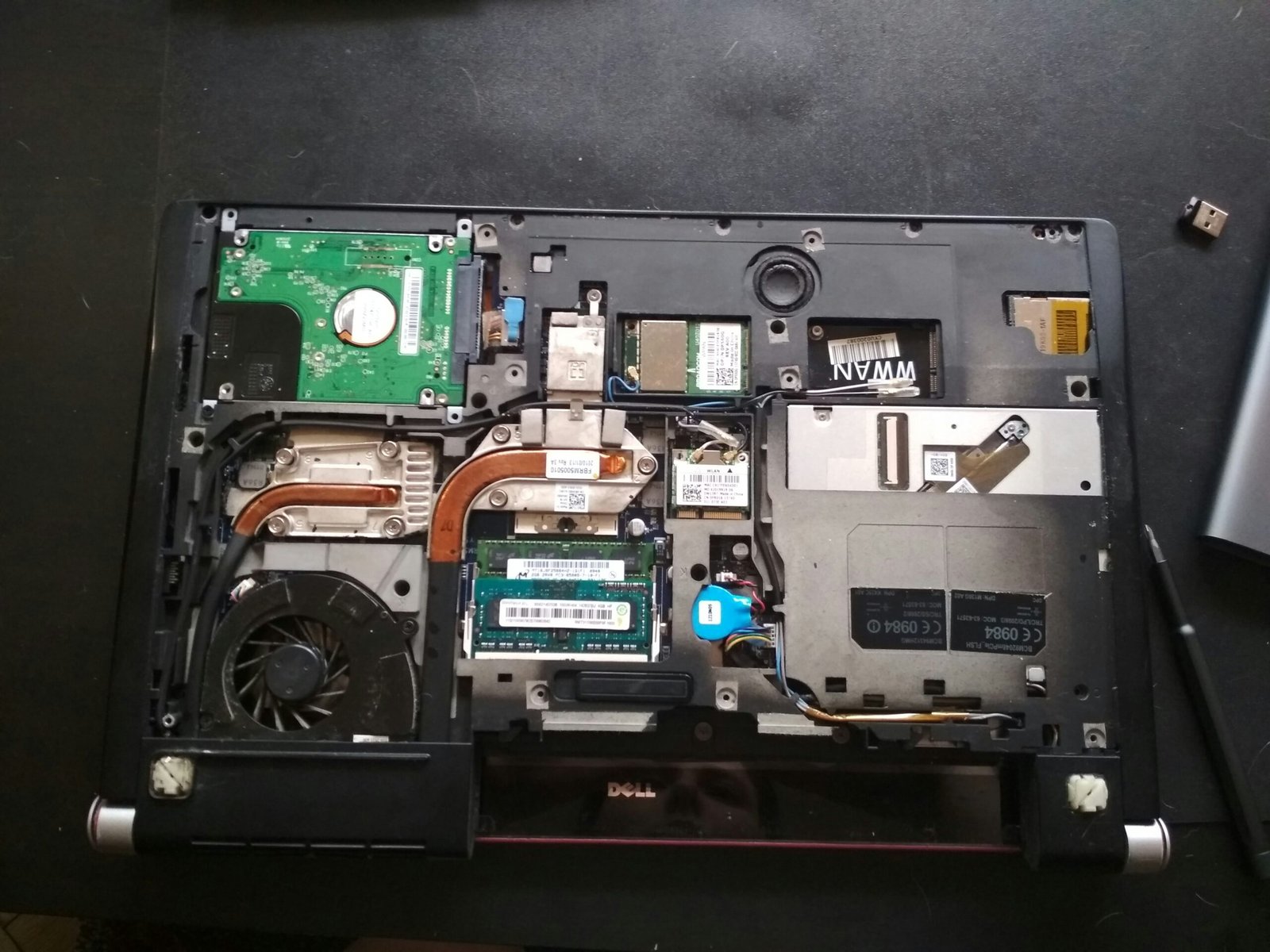
Understanding Battery Drain
Battery drain is a perplexing issue faced by many users of modern electronic devices, including smartphones, tablets, and laptops. It is essential to distinguish between actual battery drain and the impact of background processes, which may not necessarily deplete battery power as significantly as one might expect. One common misconception is that leaving numerous applications open leads to a rapid decrease in battery life. However, many modern operating systems are designed to manage background applications efficiently, minimizing their energy consumption.
Several factors contribute to battery drain, including screen brightness, active connectivity features, and application usage. High screen brightness and extended screen-on time are well-known culprits behind rapid battery depletion. Furthermore, features such as Bluetooth, Wi-Fi, and GPS, when left enabled, can also lead to increased power consumption. It is prudent to disable unnecessary connectivity options when they are not in use, as this can significantly preserve battery life.
It is also important to note thermal effects on battery performance. Excessive heat can degrade battery capacity and accelerate power drain, leading to poor overall performance. Additionally, battery age plays a crucial role; as batteries undergo charge cycles, their capacity may diminish, contributing to faster battery depletion. It is critical to monitor battery health regularly through built-in diagnostic tools available in many devices. By understanding these factors, users can address battery-related issues more effectively and implement strategies to mitigate unnecessary draining. Recognizing the nuances of battery drain enables users to make informed decisions regarding app usage, device management, and optimal settings, prolonging device functioning between charges.
Identifying Symptoms of Battery Drain
Recognizing the symptoms of battery drain is essential for maintaining the longevity of your device’s power source. Users often encounter various signs that indicate their battery is depleting at an accelerated pace. One of the most noticeable physical symptoms is overheating. When your device feels unusually warm to the touch, especially while idle or during light tasks, it may suggest that the battery is working harder than necessary, potentially signaling underlying issues.
Another prominent indication of rapid battery drain is a noticeable decrease in battery percentage over a short period. You may find that your device drops from a full charge to a significantly lower level much quicker than expected. This can be due to several factors, including background applications consuming excessive resources, outdated software, or even a failing battery. If you observe your device’s battery percentage fluctuating wildly, it might warrant immediate attention.
Additionally, users should be aware of abnormal charging behavior. If your device takes an inordinately long time to reach a full charge, or conversely, if it loses charge rapidly while plugged in, it is a strong indicator of battery health issues. Unresponsive applications consumed by battery energy, or a sudden depletion of reserves after software updates—these are symptoms that should not be ignored. It is recommended that users regularly monitor these signs. If they persist, or if you experience other anomalies, seeking professional assistance might be necessary to address the underlying issues effectively.
Simple Tips for Reducing Battery Usage
In today’s fast-paced digital world, maintaining optimal battery life on smartphones and other devices is crucial. Many users find their batteries draining faster than expected, leading to inconvenience and frustration. Thankfully, there are several simple yet effective strategies to minimize battery consumption. By implementing these adjustments, users can extend their device’s battery life significantly.
One of the most straightforward methods to reduce battery usage is by adjusting the brightness settings. Screen brightness can consume a substantial amount of battery power, especially during extended usage. Opting for lower brightness levels or enabling adaptive brightness, which automatically adjusts based on ambient light, can alleviate this issue. Additionally, considering the use of dark mode, where available, can further contribute to battery savings.
Limiting apps that run in the background is another essential step in conserving battery life. Many applications continuously refresh data and notifications, which can drain power even when not actively in use. Users can manage this by accessing the settings of individual apps to disable background app refresh, thus reducing the overall energy consumption of their devices.
Diverting attention to location services is also crucial for preserving battery life. Continuously tracking location can often lead to rapid battery depletion. Disabling location services or restricting it to only necessary applications can have a notable positive impact on battery longevity. Moreover, utilizing battery saver modes, which most devices offer, can optimize settings to extend the battery life significantly when required.
By integrating these straightforward tips into daily usage, individuals can make quick yet impactful changes to enhance battery efficiency. With proper adjustments to brightness settings, background app activities, location services, and utilizing battery saver modes, users are better equipped to address battery drainage issues effectively.
Optimizing App Settings
As mobile devices become increasingly integral to our daily lives, managing their battery consumption has gained paramount importance. One of the most effective ways to achieve this is by optimizing app settings. The primary focus should be on managing notifications, restricting background activity, and addressing the presence of unnecessary applications that contribute to battery drain.
Firstly, managing notifications is crucial since constant alerts can significantly distract users and contribute to energy usage. Many applications default to sending notifications frequently. By accessing the app settings, users can selectively disable non-essential push notifications or set them to a less frequent schedule. This not only minimizes battery consumption but also enhances overall user experience by reducing distractions.
Secondly, restricting background activity is vital for preserving battery life. Numerous applications continue to run processes in the background, often without the user’s awareness. Users can navigate to their device’s settings to determine which applications are allowed to operate in the background. Disabling background data for less frequently used applications will help reduce battery drain. In many cases, this adjustment can be done under ‘Data Usage’ or ‘Battery’ settings on the device.
Lastly, it’s essential to uninstall unnecessary applications that are rarely used. Each app consumes resources, often more than just battery power. By doing a thorough audit of installed applications, users can easily identify those that are outdated or redundant. Removing these apps streamlines the device’s performance and significantly reduces battery consumption. In addition to uninstalling unused apps, consider replacing heavy applications with lighter alternatives where possible.
In conclusion, effectively managing app settings by optimizing notifications, limiting background activity, and removing unnecessary apps can greatly enhance battery life. Implementing these strategies is a proactive approach towards maintaining device efficiency and ensuring prolonged usage between charges.
Managing Device Settings
Optimizing your device settings is crucial for enhancing battery longevity, as several factors can significantly impact energy consumption. One of the first aspects to consider is the screen timeout duration. Devices typically default to a longer duration, which may lead to unnecessary battery drainage. Adjusting the screen timeout to a shorter period, such as 30 seconds to one minute, can effectively reduce battery usage when the device is idle.
Another important factor is the management of connectivity features like Wi-Fi and Bluetooth. Keeping these functions on at all times can lead to increased power consumption. Turning off Wi-Fi when you are not in a wireless network range and disabling Bluetooth when it is not in use can conserve battery life. Furthermore, utilizing Airplane Mode in low-connectivity areas can also help significantly reduce energy drain.
Power-hungry features such as location services, push notifications, and high-performance modes can further impact your device’s battery efficiency. Location services, while useful for apps requiring geographic tracking, can be a drain on your battery. It is advisable to limit location access to essential applications and activate it only when necessary. Similarly, reevaluating app notifications by silencing non-essential alerts can lead to reduced battery usage.
Utilizing battery saver mode is another effective way to enhance battery performance. This feature typically limits background activity and reduces the screen brightness, helping to extend battery life. Regularly updating apps can also improve energy efficiency as developers often release optimizations that minimize power consumption. Overall, a combination of these changes can significantly enhance your device’s battery performance, leading to a more energy-efficient experience.
Performing Software Updates
The significance of performing software updates cannot be understated, especially when it pertains to battery performance. Operating systems and applications are continuously evolving, and developers frequently release updates aimed at optimizing device functionality. These updates often contain crucial enhancements to battery management and efficiency, which can directly affect how quickly your device depletes its power.
Maintaining an up-to-date operating system ensures that your device incorporates the latest features and improvements. Often, these updates include bug fixes, performance enhancements, and security patches that can contribute to extending battery life. For instance, operating system developers may identify issues related to energy consumption and work to rectify them in subsequent updates. Therefore, by routinely checking for and implementing updates, users may experience improved battery performance.
To check for updates, users should navigate to the settings menu on their devices. Typically, there is a dedicated section for software updates within the system settings. Some devices even allow for automatic updates, enabling users to set their preferences to ensure updates are downloaded and installed without manual intervention. This process can help minimize energy-intensive background processes that stem from outdated versions of apps or operating systems.
Additionally, it is essential to keep applications updated alongside the operating system. Many applications include optimizations aimed at reducing battery drain in their newer versions. Users can easily enable automatic updates for apps within the device’s app store settings. Regularly updating both the operating system and installed applications often leads to significant improvements in overall device performance and battery life.
Monitoring Battery Health
Assessing the health of your battery is crucial in understanding its performance and longevity. Various tools are available, including built-in system features and external applications, that can help you gauge the condition of your battery. Most modern devices come with integrated battery monitoring systems that provide an overview of the battery’s health. For instance, smartphones often have a dedicated settings section that reveals details about battery usage, capacity, and overall condition. Accessing this information is usually straightforward and can be found under the device’s “Battery” settings.
For a more in-depth analysis, several third-party applications can be utilized. These apps often provide metrics on battery capacity, cycle count, and voltage statistics, giving users a comprehensive view of their battery’s status. A well-known option includes Battery Monitor or AccuBattery, available for Android devices. Similarly, macOS users can access information via the “System Information” tool while Windows users can leverage tools like BatteryInfoView.
Recognizing the signs that indicate a need for battery replacement is also vital. Common indicators include rapid battery drain, inability to hold a charge, or significant swelling of the battery casing. If you notice these symptoms, it may be time to consider a replacement. In the pursuit of battery efficiency, implementing good charging practices can significantly prolong battery lifespan. Avoiding extreme temperatures, not allowing the battery to deplete completely on a regular basis, and using quality chargers are all effective strategies to maintain battery health. By regularly monitoring battery health and implementing these practices, users can enhance the lifespan and performance of their device’s battery.
When to Seek Professional Help
Recognizing when to consult a professional for battery-related issues is crucial to maintaining both the performance of your device and the longevity of its battery. Although many battery problems can be addressed at home, certain indicators suggest the need for expert evaluation. One common warning sign is a rapidly draining battery. If you notice that your device’s battery percentage drops significantly within a short period, despite normal usage patterns, it may indicate underlying issues that warrant professional attention.
Another red flag is excessive heat emanating from the device. Batteries should operate at a safe temperature; if your device feels unusually warm during charging or regular use, this might be due to a failing battery or other related components. Swelling is yet another serious indication; if the battery appears bloated or causes the device casing to warp, it is imperative to seek professional help immediately, as this can pose safety hazards.
Additionally, if your device fails to hold a charge at all, or if it shuts down unexpectedly despite showing battery life, these symptoms can signal significant battery problems. A professional evaluation can provide a comprehensive diagnosis, including battery tests and potential replacement options. Expect the technician to assess various elements of your device’s functionality, not just the battery itself. They might also check for software issues or other hardware malfunctions that could contribute to battery degradation.
In summary, staying vigilant for these warning signs can help you promptly decide when to consult a professional. A timely visit to a battery specialist can prevent further problems and ultimately save you time and money in the long run.
Conclusion and Recap
In this blog post, we have explored various strategies to address the issue of battery draining fast, which is a common concern among users of modern devices. Throughout the discussion, we examined several pivotal factors that contribute to excessive battery consumption, including software settings, background applications, and hardware features. Becoming aware of these elements is crucial for effectively managing your device’s battery life.
One of the primary points highlighted was the significance of monitoring app usage. Many applications run background processes that can drain the battery significantly. By identifying and disabling high-drain applications, users can exert better control over battery life. Additionally, adjusting settings such as screen brightness and timeout duration can yield substantial improvements in device longevity. Not to be overlooked, updating software regularly not only introduces enhancements but also ensures optimal performance, often addressing bugs that may lead to faster battery drain.
We also emphasized the role of battery health in sustaining performance over time. Awareness of battery life cycles and maintenance practices can help prolong your device’s efficiency. Techniques such as avoiding extreme temperatures and minimizing usage when battery levels are critically low are advisable. Furthermore, readers were encouraged to consider hardware replacements, such as battery upgrades, if the device begins to underperform despite best efforts.
Overall, by implementing the tips discussed, users are empowered to tackle battery-related concerns proactively. The pursuit of a longer-lasting battery life is not only an endeavor of convenience but also one that enhances the overall user experience. Armed with practical knowledge, it is now possible to mitigate the common frustrations associated with battery draining fast and enjoy a more efficient device.








